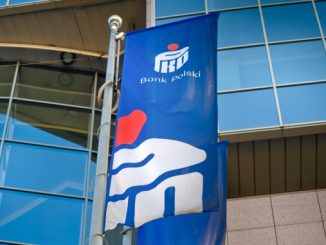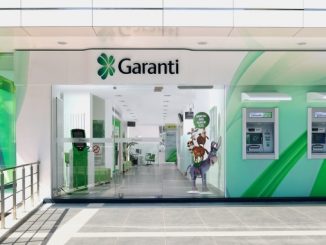
The Energy Efficient Mortgages (EEM) Initiative unveiled its definition of an energy efficient mortgage today (Monday), in response to European Commission and EeMAP pilot needs. Only last week a Pimco portfolio manager called for greater additionality from green covered bond issuers.
The definition has been arrived at following discussions in conjunction with the Energy Efficient Mortgages Action Plan (EeMAP) initiative, which is currently in a pilot phase involving 41 financial institutions, with UniCredit the latest to have joined, last week.
The definition states that:
EEMs are intended to finance the purchase/construction and/or renovation of both residential (single family & multi-family) and commercial buildings where there is evidence of: (1) energy performance which meets or exceeds relevant market best practice standards in line with current EU legislative requirements and/or (2) an improvement in energy performance of at least 30%.
This evidence should be provided by way of a recent EPC rating or score, complemented by an estimation of the value of the property according to the standards required under existing EU legislation. It should specifically detail the existing energy efficiency measures in line with the EEM Valuation & Energy Efficiency Checklist.
See the EEM Initiative website here for the full definition.
“The definition announced today provides a strong, operational market benchmark for lending institutions and a clear blueprint for the European Commission’s Sustainable Finance agenda, by facilitating cross-sectoral and institutional coordination and delivering market innovation and synergies,” said Luca Bertalot, EEM Initiative coordinator and EMF-ECBC secretary general.
“Now is the time to take action, a market roadmap is the most effective way of delivering mortgage financing solutions to support European citizens in making their homes more energy efficient, comfortable, secure and therefore, ultimately, future-proof.”
Gerassimos Thomas, European Commission deputy director general for Energy, said the EEM Initiative should support energy efficiency investment for buildings.
“Having agreed on a definition is an important step, opening the way for a quick roll-out of energy efficiency mortgages,” he said. “The definition agreed upon is operational and easy to use, and can be strengthened in time, to match the high level of ambition of the EEM Initiative, and to make better use of the tools provided by the European legislative framework.”
Green covered bonds under the spotlight
One outcome of the EeMAP push should be a greater number of more easily identifiable energy efficient mortgages that can constitute collateral for green covered bonds, with lending institutions tagging relevant loans with an Energy Efficient Mortgage Label via self-certification.
Speaking at an AFME/vdp conference in Berlin last Thursday, Timo Boehm, senior vice president, portfolio management, Pimco, noted that simply refinancing existing green mortgages does not increase the green mortgage part of issuers’ cover pools nor add more green buildings to the real economy.
“A serious green approach would include both: established mortgage cover assets and dedicated green cover pools to guarantee preferred claims on green assets,” he said. “At least green issuers should increase the number of green assets in their cover pools over time.
“Simply flagging already existing mortgages as green, issuing a green covered bond thereafter and refinancing those existing green mortgages is clearly not enough.”
On a subsequent sustainability panel, Thor Tellefsen, head of long term funding at DNB – which has sold the largest green covered bond yet – said that it was very natural for the issuer to look at issuing green covered bonds given its track record in sustainability, where it ranks third out of 344 financial institutions according to Sustainalytics. For its green issuance, the Norwegian bank identified energy efficient residential mortgages by looking at their year of construction and the associated building codes they would have to follow.
“We had the mortgages on our balance sheet already,” added Tellefsen, “but during the process of putting up the green covered bond framework, we have also launched green mortgages, slightly subsidised, in order to encourage, to grow the green cover pool further.
Bodo Winker, head of funding and investor relations at Berlin Hyp – which sold the first green covered bond, in 2015 – highlighted noted that the German lender offers discounts of 10bp for loans for green buildings.
“Where additionality is maybe most visible in Berlin Hyp is in the corporate strategy of the bank,” he said, “which was enhanced when at the beginning of 2017 the board decided to add a new strategic goal that by 2020 20% of our overall loan book has to be green. That was very ambitious, but we are well on track, helped by the incentives that were introduced.”
Boehm said Pimco has invested in some of the green covered bonds that have been issued thus far, and hopes to see more supply.
“When it comes to pricing we think green covered bonds include the same credit risk like non-green investments,” he added. “Hence green and sustainable covered bonds do not need to be more expensive than ordinary bonds and could work as an attractive investment.”
Photo: EeMAP meeting to discuss the EEM definition in Brussels on 9 November; Credit: @EEMActionPlan/Twitter



